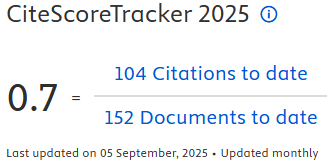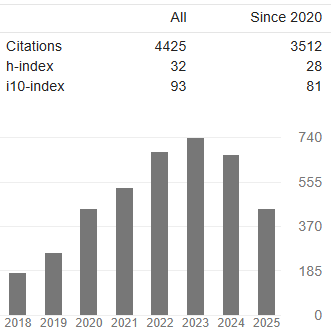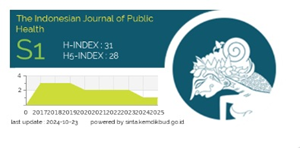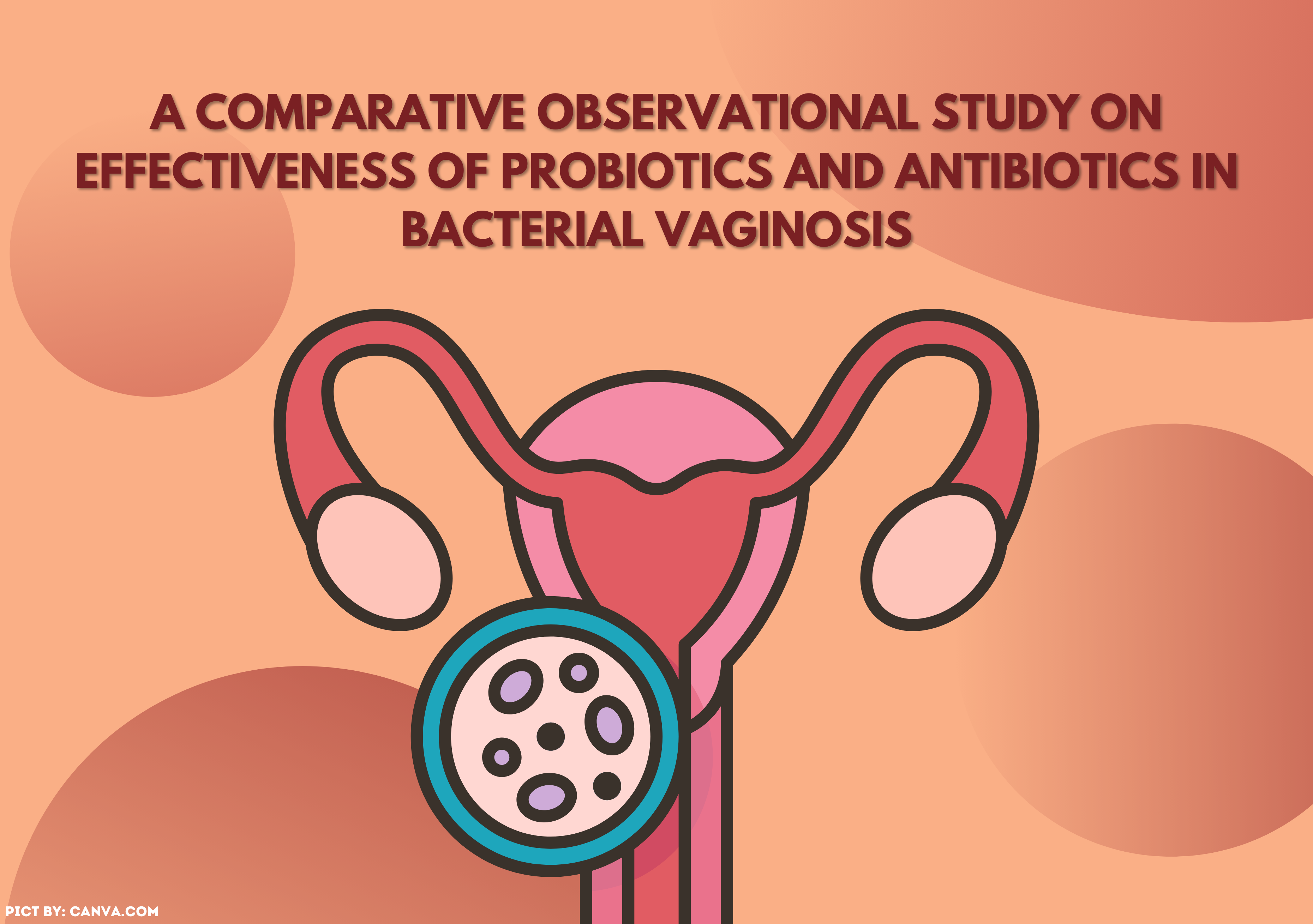FACTORS AFFECTING DELIVERY CARE OF URBAN MOTHERS: A CROSS-SECTIONAL STUDY OF THE URBAN PRIMARY HEALTH CARE PROJECT IN BANGLADESH
Downloads
Maternal mortality and its associated complications can be avoided by ensuring safe and supervised delivery. In this paper, the authors examined the factors associated with the utilisation of institutional delivery care at the Urban Primary Health Care Project (UPHCP) clinic in Bangladesh. A two-stage cluster sampling was used in selecting the ever-married women aged 15-49 years in the catchment areas of the UPHCP in Bangladesh. A total of 3,949 women's data were analysed. The authors collected data through face-to-face interviews using a structured questionnaire. A multinomial logistic regression analysis was done to determine the potential factors associated with the utilisation of delivery care, in which ‘place of delivery care' was considered as a dependent variable. Data entry and analysis were done in Statistical Package for the Social Sciences version 22.0. This study found that 30% of the women delivered their most recent child at the UPHCP clinic, and 45.9% of the women delivered their most recent child at other institutions. However, one-fifth of the women delivered at home. Doctors attended two-thirds of the deliveries. A small proportion of women were tended to by nurses, paramedics, FWV, and FWA. Traditional birth attendants attended one-fifth (20%) of deliveries. The multinomial logistic regression analysis found that respondents from poor catchment areas were 33.677 times more likely to utilise delivery care at the UPHCP when compared to 12.052 times by the respondents who took previous antenatal care from the non-poor catchment area. This study also found that women who had entitlement cards were 6.840 times more likely to utilise delivery care at the UPHCP in the poor catchment area, which was almost twice the women from the non-poor catchment area. Although the maternal mortality rate in Bangladesh has notably reduced,Bangladesh still needs to address the issue of safe delivery for marginalised women in order to attain the Sustainable Development Goals (SDGs) by 2030. A red card approach might increase access to the UPHCP for marginalised women to have safe deliveries.
Keywords: poor, urban, red card, delivery care, Urban Primary Health Care Project, Bangladesh
Alkema, L., Chou, D., Hogan, D., Zhang, S., Moller, A.-B., Gemmill, A., Fat, D. M., Boerma, T., Temmerman, M., Mathers, C., & Say, L. (2016). Global, regional, and national levels and trends in maternal mortality between 1990 and 2015, with scenario-based projections to 2030: A systematic analysis by the UN Maternal Mortality Estimation Inter-Agency Group. The Lancet, 387(10017), 462–474. https://doi.org/10.1016/S0140-6736(15)00838-7
BBS, Bangladesh. (2015). Multiple Indicator Cluster Survey 2012-2013 (p. 272). Bangladesh Bureau of Statistics (BBS) and United Nations Children's Fund (UNICEF).
Bhardwaj, N., Hasan, S. B., & Zaheer, M. (1995). Maternal care receptivity and its relation to perinatal and neonatal mortality. A rural study. Indian Pediatrics, 32(4), 416–423.
Campbell, O., & Graham, W. (2006). Strategies for reducing maternal mortality: Getting on with what works. Lancet, 368, 1284–1299. https://doi.org/10.1016/S0140-6736(06)69381-1
Declercq, E. R., Sakala, C., Corry, M. P., Applebaum, S., & Herrlich, A. (2013). Listening to MothersSM III: Pregnancy and Birth. New York: Childbirth Connection, May 2013.
Eshete, T., Legesse, M., & Ayana, M. (2019). Utilization of institutional delivery and associated factors among mothers in rural community of Pawe Woreda northwest Ethiopia, 2018. BMC Research Notes, 12(1), 395. https://doi.org/10.1186/s13104-019-4450-6
Filippi, V., Ronsmans, C., Campbell, O. M. R., Graham, W. J., Mills, A., Borghi, J., Koblinsky, M., & Osrin, D. (2006). Maternal health in poor countries: The broader context and a call for action. Lancet (London, England), 368(9546), 1535–1541. https://doi.org/10.1016/S0140-6736(06)69384-7
Fotso, J. C., & Mukiira, C. (2012). Perceived quality of and access to care among poor urban women in Kenya and their utilization of delivery care: Harnessing the potential of private clinics? Health Policy and Planning, 27(6), 505–515. https://doi.org/10.1093/heapol/czr074
Gabrysch, S., Cousens, S., Cox, J., & Campbell, O. (2011). Distance and quality of care strongly influence choice of delivery place in rural Zambia: A study linking national data in a geographic information system. Journal of Epidemiology & Community Health, 65(Suppl 1), A42–A42. https://doi.org/10.1136/jech.2011.142976b.19
Gabrysch, Sabine, & Campbell, O. M. (2009). Still too far to walk: Literature review of the determinants of delivery service use. BMC Pregnancy and Childbirth, 9(1), 34. https://doi.org/10.1186/1471-2393-9-34
Goel, M., Roy, P., Dco Dipmus, S. R., Roy, S., Kumar, Y., & Kumar, A. (2015). Wealth index and maternal health care: Revisiting NFHS-3. Indian Journal of Public Health, 59, 217–219. https://doi.org/10.4103/0019-557X.164665
HB Consultants and Natural Resources Planners. (2012). Assessing the impact of user fees on UPHC–Reviewing health voucher and user fees exemptions. Second Urban Primary Health Care Project,. Local Government Division, Ministry of Local Government, Rural Development &Cooperatives, Bangladesh.
IBM SPSS. (2013). IBM SPSS Statistics for Windows (Version 22) [Computer software]. IBM SPSS.
Igberase, G. O., Isah, E. C., & Igbekoyi, O. F. (2009). Awareness and perception of maternal mortality among women in a semi-urban community in the Niger Delta of Nigeria. Annals of African Medicine. 8:261–5. pmid:20139550. https://doi.org/10.4103/1596-3519.59582
Kabia, E., Mbau, R., Oyando, R., Oduor, C., Bigogo, G., Khagayi, S., & Barasa, E. (2019). "We are called the et cetera”: Experiences of the poor with health financing reforms that target them in Kenya. International Journal for Equity in Health, 18(1), 98. https://doi.org/10.1186/s12939-019-1006-2
Kitui, J., Lewis, S., & Davey, G. (2013). Factors influencing place of delivery for women in Kenya: An analysis of the Kenya demographic and health survey, 2008/2009. BMC Pregnancy and Childbirth, 13(1), 40. https://doi.org/10.1186/1471-2393-13-40
Kruk, M. E., Gage, A. D., Arsenault, C., Jordan, K., Leslie, H. H., Roder-DeWan, S., Adeyi, O., Barker, P., Daelmans, B., Doubova, S. V., English, M., Elorrio, E. G., Guanais, F., Gureje, O., Hirschhorn, L. R., Jiang, L., Kelley, E., Lemango, E. T., Liljestrand, J., ... Pate, M. (2018). High-quality health systems in the Sustainable Development Goals era: Time for a revolution. The Lancet Global Health, 6(11), e1196–e1252. https://doi.org/10.1016/S2214-109X(18)30386-3
LGRDC, Bangladesh. (2012). Design Project Proforma (DPP). Urban Primary Health Care Services Delivery Project. Ministry of Local Government, Rural development and Cooperation.
Miteniece, E., Pavlova, M., Shengelia, L., Rechel, B., & Groot, W. (2018). Barriers to accessing adequate maternal care in Georgia: A qualitative study. BMC Health Services Research, 18(1), 631. https://doi.org/10.1186/s12913-018-3432-z
Mrisho, M., Schellenberg, J. A., Mushi, A. K., Obrist, B., Mshinda, H., Tanner, M., & Schellenberg, D. (2007). Factors affecting home delivery in rural Tanzania. Tropical Medicine & International Health: TM & IH, 12(7), 862–872. https://doi.org/10.1111/j.1365-3156.2007.01855.x
NIPORT, Bangladesh. (2013). Bangladesh Demographic and Health Survey 2011 (p. 458). National Institute of Population Research and Training Dhaka, Bangladesh Mitra and Associates Dhaka, Bangladesh MEASURE DHS ICF International Calverton, Maryland, U.S.A.
NIPORT, Bangladesh. (2016). Bangladesh Demographic and Health Survey 2014. National Institute of Population Research and Training (NIPORT), Dhaka, Bangladesh, and Rockville, Maryland, USA, Mitra and Associates, and ICF International.
Rahman, M. M. (1997). Socio-demographic determinants of infant mortality and morbidity and its correlation with maternal health in slum dwellers of Dhaka city. Dhaka University.
Rahman, M., Rob, U., Noor, F. R., & Bellows, B. (2012). Out-of-pocket expenses for maternity care in rural Bangladesh: A public-private comparison. International Quarterly of Community Health Education, 33(2), 143–157. https://doi.org/10.2190/IQ.33.2.d
Say, L., Chou, D., Gemmill, A., Tunçalp, Ö., Moller, A.-B., Daniels, J., Gülmezoglu, A. M., Temmerman, M., & Alkema, L. (2014). Global Causes of Maternal Death: A Who Systematic Analysis. The Lancet Global Health, 2(6), e323–e333. https://doi.org/10.1016/S2214-109X(14)70227-X
Smith, V., Devane, D., Begley, C. M., & Clarke, M. (2011). Methodology in conducting a systematic review of systematic reviews of healthcare interventions. BMC Medical Research Methodology, 11(1), 15. https://doi.org/10.1186/1471-2288-11-15
Stephenson, R., Baschieri, A., Clements, S., Hennink, M., & Madise, N. (2006). Contextual influences on the use of health facilities for childbirth in Africa. American Journal of Public Health, 96(1), 84–93. https://doi.org/10.2105/AJPH.2004.057422
Tuladhar, H. (2009). Determinants of home delivery in a semi urban setting of Nepal. Nepal Journal of Obstetrics and Gynaecology, 4(1), 30–37. https://doi.org/10.3126/njog.v4i1.3329
Van der Heijden, J., Gray, N., Stringer, B., Rahman, A., Akhter, S., Kalon, S., Dada, M., & Biswas, A. (2019). "Working to stay healthy”, health-seeking behaviour in Bangladesh's urban slums: A qualitative study. BMC Public Health, 19(1), 600–600. PubMed.https://doi.org/10.1186/s12889-019-6750-0
Ved, R., Sundararaman, T., Gupta, G., & Rana, G. (2012). Program evaluation of the Janani Suraksha Yojna. BMC Proceedings, 6(Suppl 5), O15. https://doi.org/10.1186/1753-6561-6-S5-O15
WHO. (2006). Integrating poverty and gender into health programmes: A sourcebook for health professionals : module on ageing. World Health Organization, Western Pacific Region.
WHO. (2015). Strategies toward ending preventable maternal mortality (EPMM). World Health Organization Strategic Paper, 52.
WHO. (2016). Standards for improving quality of maternal and newborn care in health facilities (p. 84). World Health Organization.
Zeleke, D., Nega, A., & Gudina, E. (2015). Maternal health care use among married women in Hossaina, Ethiopia. BMC Health Services Research.15: 365. pmid:26358062. https://doi.org/10.1186/s12913-015-1047-1
- The authors agree to transfer the transfer copyright of the article to The Indonesian Journal of Public Health effective if and when the paper is accepted for publication.
- Authors and other parties are bound to the Creative Commons Attribution-NonCommercial-ShareAlike 4.0 International License for the published articles, legal formal aspect of journal publication accessibility refers to Creative Commons Attribution-NonCommercial-ShareAlike 4.0 International License (CC BY-NC-SA), implies that:
- Attribution ” You must give appropriate credit, provide a link to the license, and indicate if changes were made. You may do so in any reasonable manner, but not in any way that suggests the licensor endorses you or your use.
- NonCommercial ” You may not use the material for commercial purposes.
- ShareAlike ” If you remix, transform, or build upon the material, you must distribute your contributions under the same license as the original.































